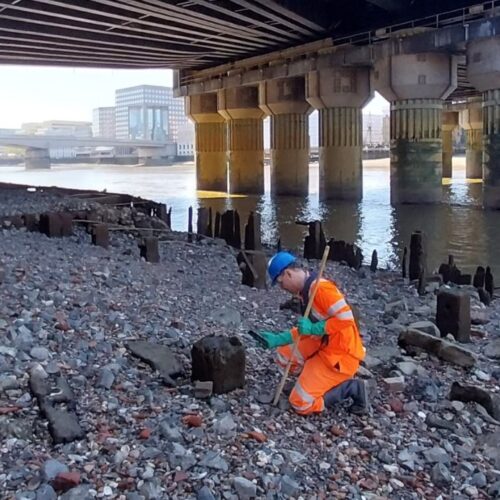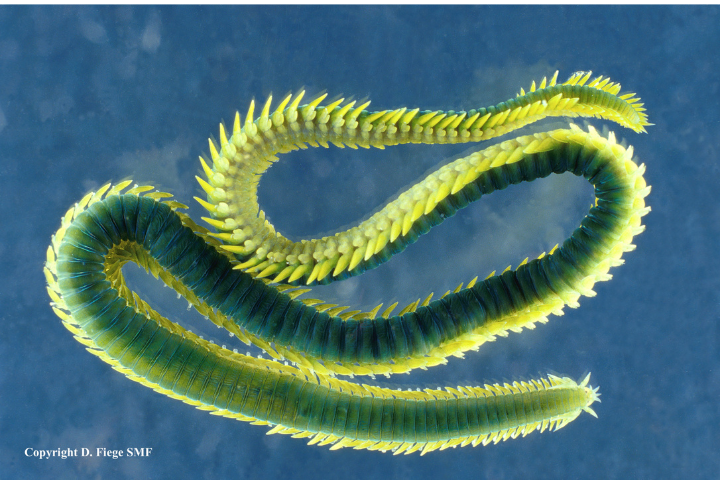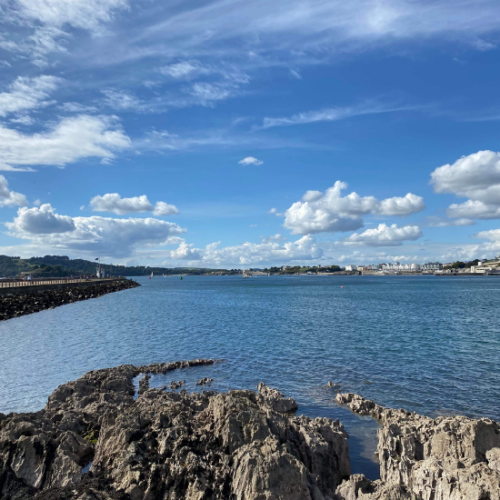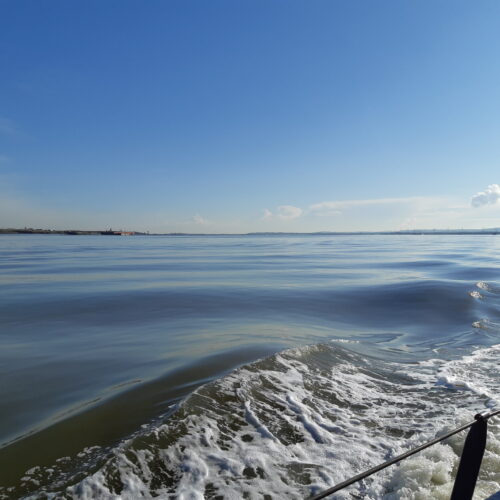Thomson’s marine team were recently contracted to analyse the benthic invertebrate diversity in Stanley Harbour on behalf of SAERI, the South Atlantic Environmental Research Institute, based in Stanley, Falkland Islands.
The Falkland Islands, in the South Atlantic Ocean, are a UK Overseas Territory that lies about 300 miles east of Patagonia in southern South America. The marine fauna of the islands is part of the Magellanic province, a biogeographic area at the southern tip of South America with links to the fauna from the Subantarctic and Antarctic regions.
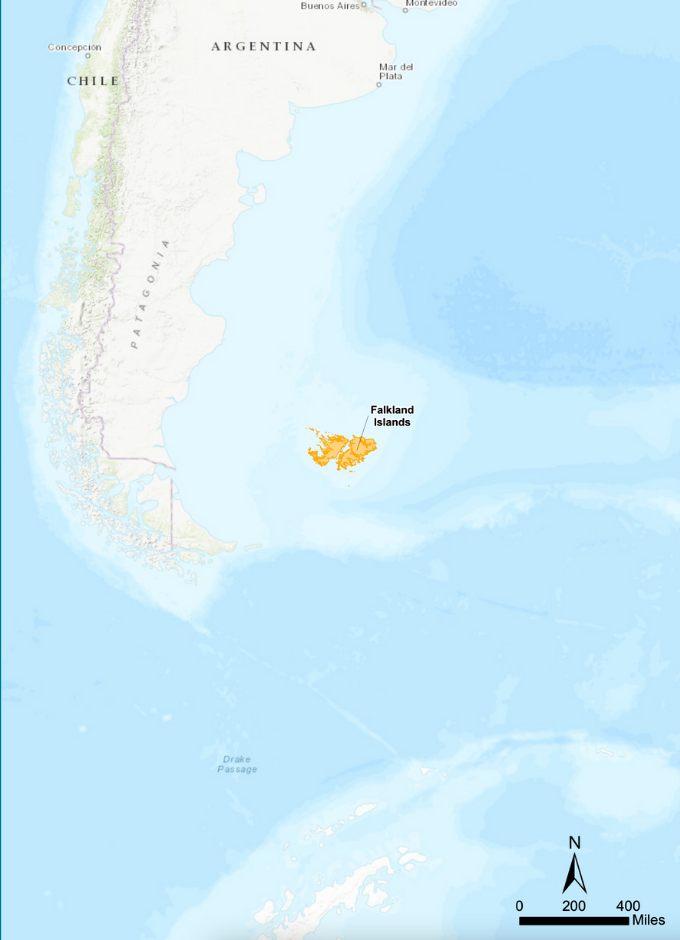
A large, sheltered coastal inlet forms a natural harbour for Stanley on East Falkland Island, which is accessed from Port William via a straight known as ’the Narrows‘. Stanley Harbour is regularly visited by fishing, cruise, cargo and navy ships, and most recently the RRS Sir David Attenborough, whose home port is Stanley.
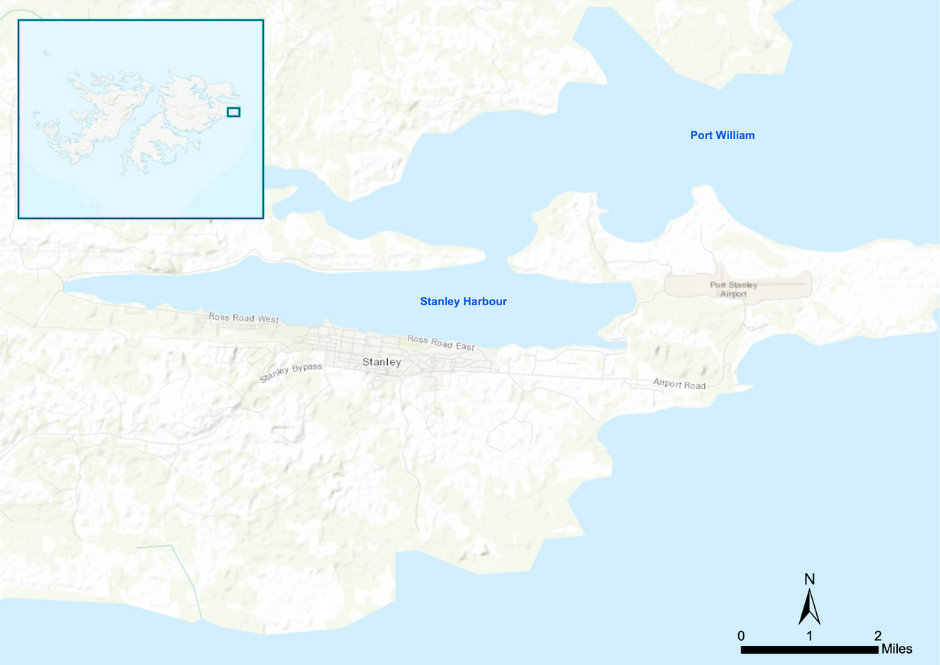
Since the middle of the 19th century, numerous scientific expeditions have stopped in the area, either on their way to the Southern Ocean or after passing through the Straits of Magellan or rounding Cape Horn between the Pacific and Atlantic Oceans. The Falklands were a popular waypoint for such long missions for rest, resupply, and repairs.
While stopped at such a unique place, many of these scientific expeditions took the opportunity to sample in the area, with results presented in a multitude of publications. For example, The Discovery Investigations were a series of scientific cruises undertaken between 1923 and 1951 in and around the Antarctic Southern Ocean. The aim of these cruises was to research whales, their diet, and their habitat to enable effective management of dwindling whale stocks in the Southern Ocean. The resulting Discovery Reports covered a wide range of topics, including the biology of the Falklands. However, comprehensive and updated studies are only available for a small number of marine taxa, which have received little attention to date.
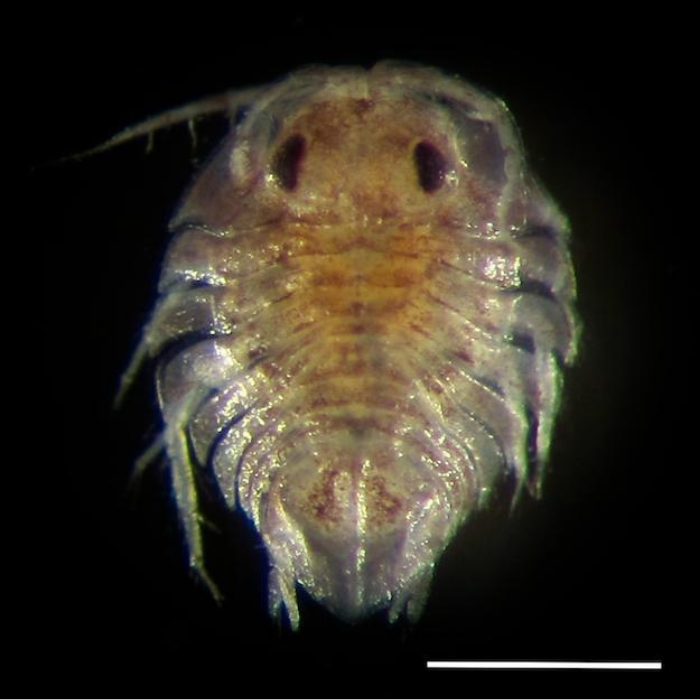
Grab samples were collected by SAERI from 25 subtidal stations in Stanley Harbour and shipped to our laboratory for analysis. We investigated the samples for their animal diversity, sediment grain size distribution (Particle Size Analysis) and levels of various chemicals (heavy metals and hydrocarbons).
To determine diversity, we extracted and identified all the macrofaunal invertebrates down to 0.5 mm. Due to the lack of comprehensive summaries of fauna in the area, our analysis began with a comprehensive literature review. In the end, we consulted more than 140 scientific sources including papers, monographs, and online publications. Many of these dated back to the second half of the 19th century. They were published in six different languages, which fortunately didn’t present too much of a problem for our multilingual team.
In total, we found over 200 different invertebrate taxa/species to be present in Stanley Harbour, in an environment that was previously thought to be rather poor in animal diversity due to regular impacts of shipping and related activities. In fact, the number of invertebrate species is rather high, especially when compared to the more well-known Chichester Harbour, on the south coast of England. Chichester Harbour is a SSSI (Site of Special Scientific Interest), with about 150 invertebrate species found during a recent subtidal survey (1). Owing to the Falkland’s position on the Patagonian Shelf, one of the most biologically productive areas on Earth, it may be no surprise that marine diversity will also be high.
Check out the pictures of the juvenile isopod shrimp and the polychaete worm; just a flavour of the species found during our analyses. Representatives of these two species are common for subtidal areas around the Falklands. The isopod Cristaserolis convexa is characterised by a strongly depressed body shape and lives lightly buried in the sand. The polychaete Harmothoe exanthema can reach a considerable length of up to 4 cm and is a rather agile hunter and scavenger. The animal shown here has everted the anterior end of its gut, the so-called pharynx, which carries large sensory papillae encircling the mouth and two pairs of piercing jaws (not visible in this view) to get hold of its prey.
Our study is part of an Environmental Baseline description, carried out by SAERI for an Environment Impact Assessment for the Falkland Islands Government, and will help to give an accurate environmental picture of Stanley Harbour for future management and development plans. Several of the species that we found might be new to science and others are certainly new records for the area. We are planning on carrying out additional research with SAERI and look forward to publishing some of these interesting results in the near future.
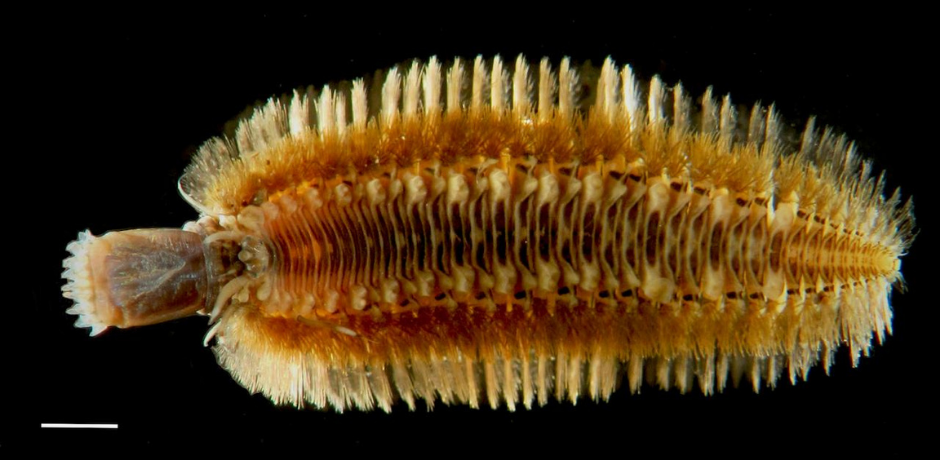
References
(1) Chichester Harbour Annual Review 2014-15. Chichester Harbour Conservancy.



